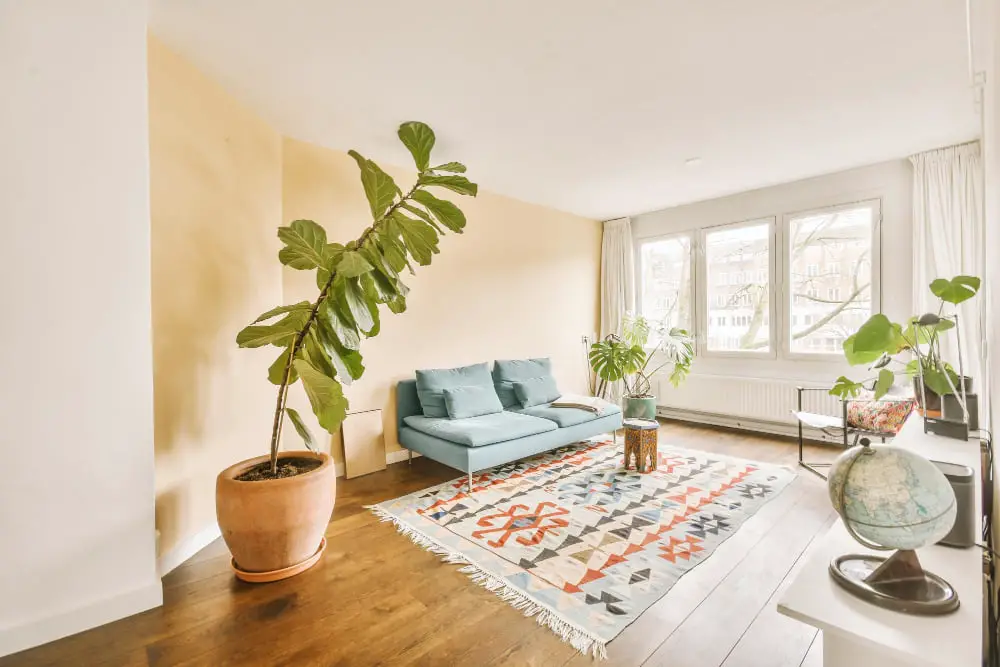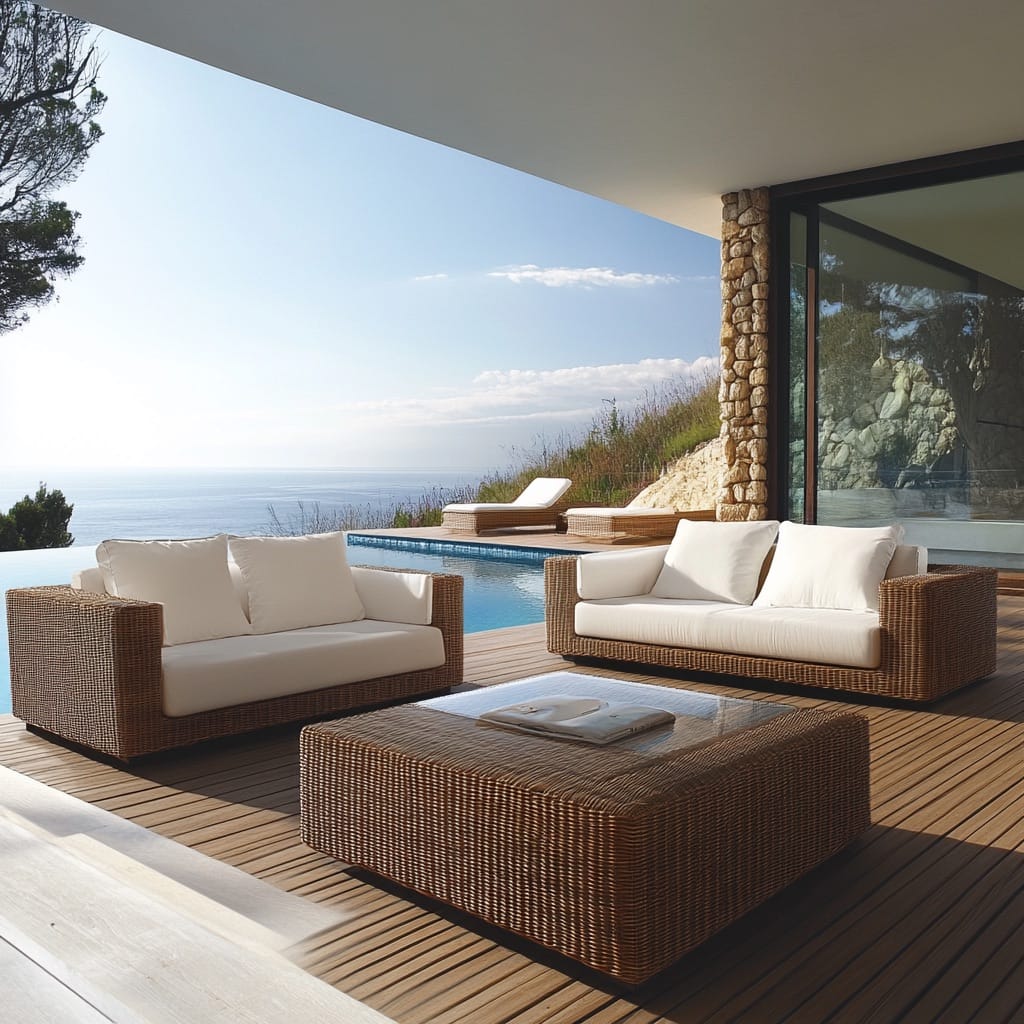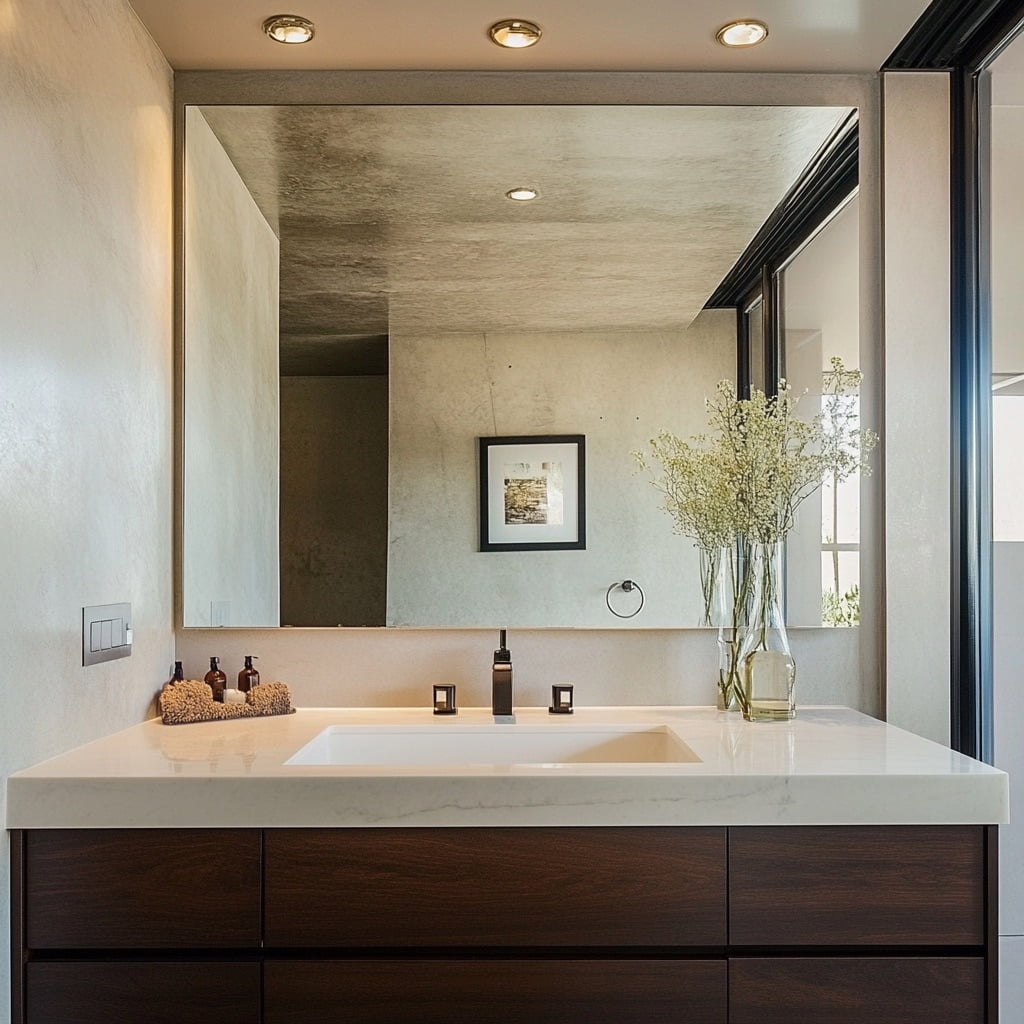Last updated on
Natural light can transform the ambiance and aesthetics of any living space, creating a sense of warmth, openness, and vitality. Whether you’re looking to enhance productivity, improve mood, or simply reduce energy costs, maximizing natural light in your home can have numerous benefits.
This comprehensive guide explores six key factors to consider when letting more natural light into your house, from strategic design considerations to practical solutions for optimizing sunlight exposure.
Window Material and Treatments

The material of your windows can affect the amount of natural light that enters your home. The seasoned providers of energy-efficient Windows of San Diego recommend opting for window materials such as fiberglass, vinyl, or aluminum, which offer durability, energy efficiency, and minimal maintenance requirements. These materials allow for sleeker window frames, maximizing the glass surface area and allowing more sunlight to penetrate your living space.
Additionally, consider investing in energy-efficient windows with double or triple-pane glass and low-E coatings, as well as gas fills to enhance insulation further and minimize heat transfer. Choosing high-quality window materials and treatments can create a brighter, more comfortable living environment while reducing energy costs and environmental impact.
While windows allow natural light to enter your home, choosing the right treatments is essential to control light levels and privacy. Opt for lightweight, sheer curtains or blinds allowing sunlight to filter through while offering privacy and diffusing harsh glare.
Avoid heavy drapes or dark-colored window coverings that block natural light and make your space feel smaller and darker. Consider installing adjustable window treatments that control the amount of light entering your home throughout the day, depending on your preferences and the sun’s position.
Window Placement and Size
The placement and size of windows also determine the amount of natural light that enters your home. When designing or renovating your space, consider positioning windows to capture maximum sunlight throughout the day. South-facing windows tend to receive the most sunlight.
Meanwhile, north-facing windows may require larger sizes or additional windows to compensate for lower light levels. Additionally, strategically placing windows high on walls or incorporating skylights can help diffuse sunlight more evenly and reduce glare.
It’s essential to balance the placement and size of windows to optimize natural light while minimizing glare and heat gain. East-facing windows are ideal for morning light, while west-facing windows receive afternoon sunlight. Experiment with different window configurations to find the best balance of light and comfort for your home. Consulting a professional architect or designer can provide valuable insights into maximizing natural light while maintaining a comfortable indoor environment.
Reflective Surfaces

Incorporating reflective surfaces into your home’s interior design can help amplify the effects of natural light and distribute it more evenly throughout your space. Consider using glass, mirrors, stainless steel, or glossy finishes on walls, ceilings, and furniture to bounce sunlight around and create a brighter, more luminous environment. Positioning mirrors strategically opposite windows can also help bounce natural light more profoundly into your space, making rooms more extensive and inviting.
Furthermore, opt for light-colored paint on walls and ceilings, maximizing the reflection of natural light. Choose furniture and decor with reflective surfaces, such as glass tabletops or metallic accents, to enhance the brightness of your space. Experiment with different placement and angles for mirrors to effectively capture and redistribute sunlight, creating a welcoming and well-lit atmosphere throughout your home.
Interior Layout and Openness
The layout and openness of your home can significantly impact its ability to receive and distribute natural light. Open floor plans with fewer interior walls and partitions allow sunlight to flow freely from room to room, creating a seamless connection between indoor and outdoor spaces.
Consider removing non-load-bearing walls or opening doorways to create a more spacious and light-filled environment. Additionally, strategically placing furniture and decor to avoid blocking windows or obstructing light pathways can help maximize natural light throughout your home.
Introducing light-colored furnishings and decor can also contribute to the perception of brightness and airiness within your living spaces. Additionally, incorporating reflective surfaces such as glass or polished metals into your interior design scheme can further enhance the diffusion of natural light throughout your home, creating a welcoming and uplifting atmosphere.
Exterior Considerations
In addition to interior design factors, exterior considerations can influence the amount of natural light entering your home. Keep trees, shrubs, and other landscaping elements trimmed to prevent them from blocking sunlight and casting shadows on your windows. Consider the orientation of your home relative to the sun and the surrounding landscape when designing outdoor living areas or planting trees and vegetation.
Additionally, choose exterior finishes and materials that reflect rather than absorb sunlight to help keep your home cooler and reduce the need for artificial lighting during the day. Strategically placing outdoor living areas, such as patios or decks, to maximize sunlight exposure can enhance the enjoyment of your outdoor space.
Consulting with a landscape architect or designer can help you create a cohesive outdoor environment that complements your home’s architecture and optimizes natural light while promoting energy efficiency and sustainability.
Seasonal Adjustments
Finally, it’s essential to make seasonal adjustments to optimize natural light levels in your home throughout the year. When the sun is lower in the sky in the winter, take advantage of its angle by opening curtains and blinds on south-facing windows to maximize sunlight exposure and warmth.
When the sun is higher and more intense in the summer, consider using exterior shading devices such as awnings, shades, or overhangs to block direct sunlight and reduce heat gain while allowing diffused light to enter your home.
During winter, strategically placing reflective surfaces near windows can help bounce sunlight deeper into your home, maximizing its warmth and brightness. In contrast, consider planting deciduous trees in the summer or installing trellises with climbing vines to provide natural shade and reduce solar heat gain without completely blocking out sunlight.
By implementing these seasonal adjustments, you can optimize natural light levels year-round, creating a comfortable and inviting living environment while minimizing energy consumption.
Maximizing natural light in your home can profoundly impact your overall well-being and the look and feel of your living space. By considering factors such as window placement, treatments, reflective surfaces, interior layout, exterior considerations, and seasonal adjustments, you can create a bright, inviting, and energy-efficient home that enhances your quality of life. Whether designing a new home or renovating an existing one, prioritizing natural light can help create a sanctuary that nurtures both body and soul.
Recap




